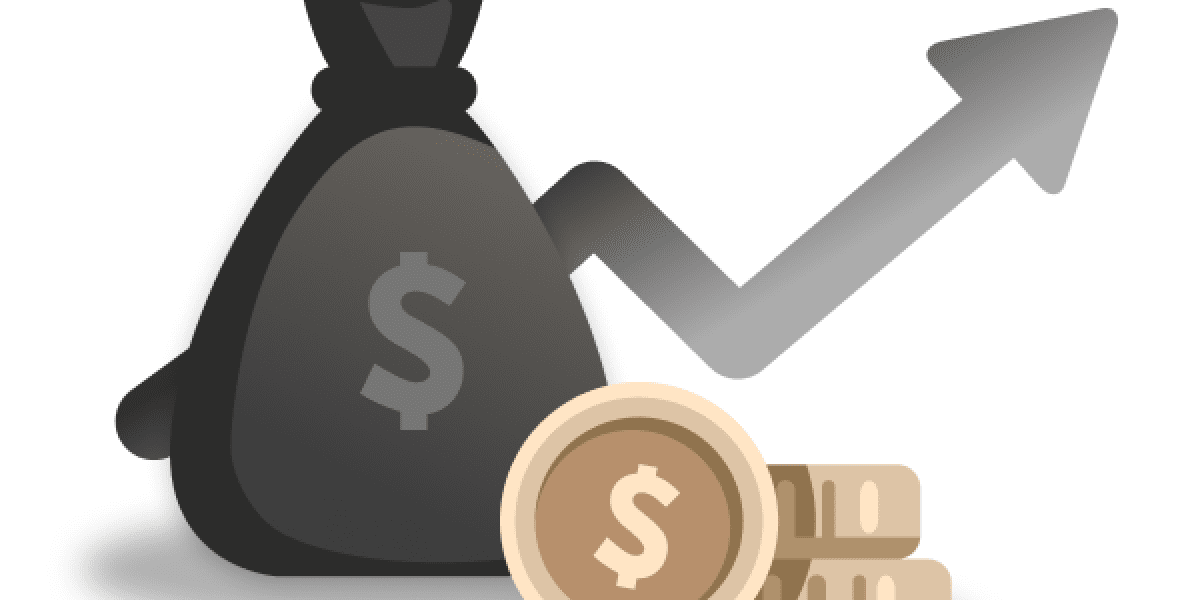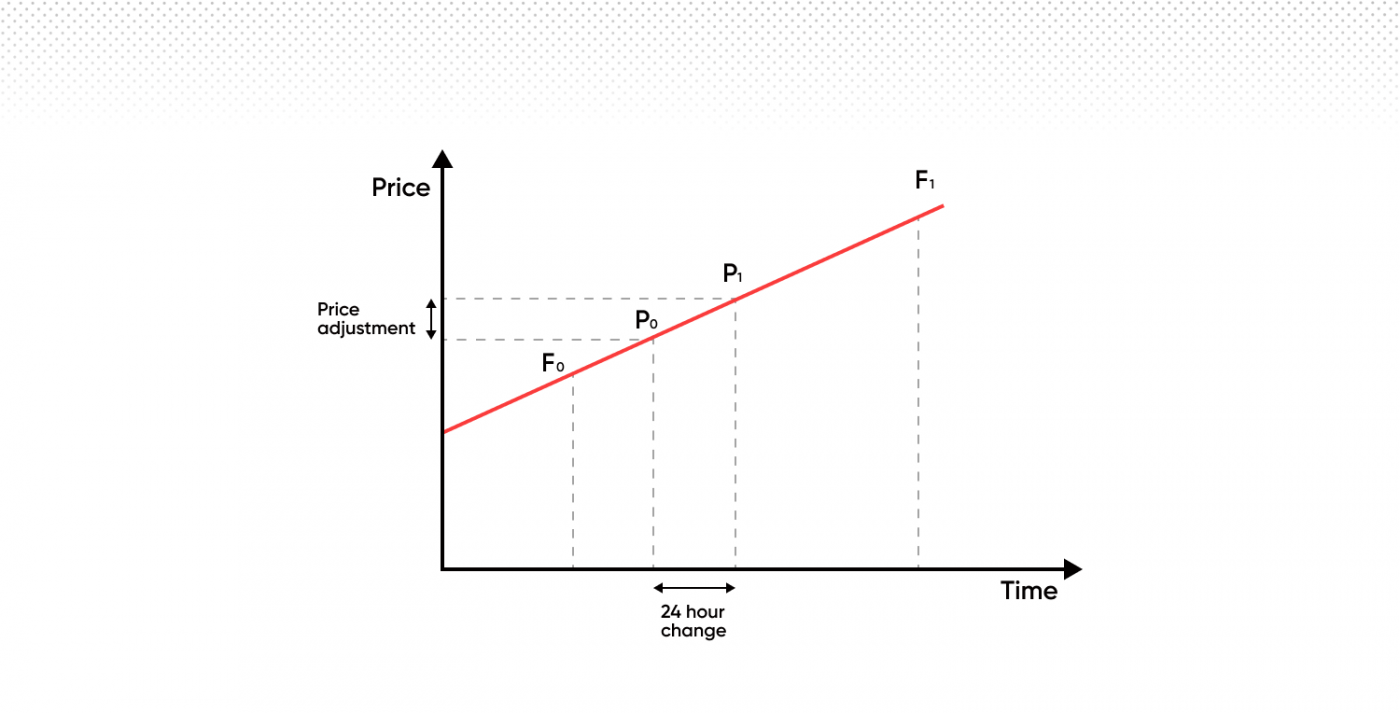What is the overnight funding adjustment?

Overnight funding adjustment is the interest payment that applies if one holds a trading position open overnight. The interest is based on the size of your exposure to the market and is calculated daily.
Key takeaways
-
Overnight funding adjustment is an interest charge applied when holding trading positions open overnight, calculated daily based on exposure size and only for positions held beyond regular trading hours.
-
For CFD long positions, traders typically pay an admin fee of 2-3% plus the central bank's overnight rate, while short positions pay the admin fee but receive the reference rate.
-
The adjustment is based on factors like LIBOR rates, market volatility, and external costs, which means it can change when central banks adjust rates or during volatile market periods.
-
In spot commodity markets, adjustments may be modified to counter-impact price changes as the spot price moves from expired contracts to upcoming futures contracts approaching expiration.
-
Traders are responsible for monitoring overnight funding adjustments before deciding to hold positions overnight, as extended holding periods can reduce overall returns.
Below we take a look at the overnight funding adjustment definition in more detail.
Key points
Overnight funding adjustment is an interest rate applied if one holds a trading position open overnight.
Overnight funding adjustments reflect the cost of keeping the position open after daily trading hours plus admin fees.
The overnight funding adjustment percentage is based on a number of factors such as The London Inter-Bank Offered Rates (LIBOR), market volatility and external costs.
Overnight funding adjustments in spot commodity markets may be adjusted to counter-impact the price adjustment of the spot price when the next futures contract approaches.
Overnight funding adjustment explained
To understand what overnight funding adjustment means, let’s look at the concept of overnight trading hours. A trader may choose to maintain an open position outside the exchange’s regular trading time, essentially keeping a trade overnight.
Overnight trading hours differ based on exchanges and brokers. Plus, not all exchanges or markets allow overnight trading.
Before trading outside market hours, traders should consider the overnight standards used by each market. For example, liquidity is typically thin for stocks during off-market trading hours, which in the US run from 9.30AM to 4PM Eastern Time.
Brokers therefore do not charge interest on positions opened and closed within the same trading day. Overnight funding adjustments apply if a trading position is kept open outside of the exchange’s normal opening hours.
How does the overnight funding adjustment work?
A trader that holds a long position in a contract for difference (CFD), and typically pays the admin fee of around 2-3% plus the central bank's overnight rate.
If they hold a short position they will still pay the admin fee of around 2-3% but receive the reference rate.
The admin fee is an addition to the commission charged by the broker for opening or closing a position.
An example of an overnight funding adjustment calculation on a long CFD position at Capital.com is:
Calculate the financing charge by adding the broker's admin fee (i.e. 2%) to the daily reference rate (i.e LIBOR at 0.5%). LIBOR is a one-month interbank interest rate.
Multiply the full-face value of the CFD (say $50,000) by the financing charge (2.5%).
Divide this figure ($1,250) by 365 to get that day's charge ($3.42).
Overnight funding adjustments can reduce one's returns if their position is held open for an extended period of time.
At Capital.com, overnight funding adjustments are specific to each trading instrument and we list them on the website and the trading platform.
Can an overnight funding adjustment change?
An overnight funding adjustment is based on a number of factors including LIBOR rates, market volatility and external costs, hence it can change in line with any of these variables.
For example, a central bank’s decision to hike or cut the overnight rate will likely result in the change of the overnight funding adjustment. So would a period of heightened volatility in the markets.
At Capital.com, we will update the overnight funding adjustment percentage on the website and trading platforms as soon as any of the factors comprising the fee change. The traders are responsible to monitor the overnight funding adjustments and decide whether or not to hold a position overnight.
Overnight funding adjustments and spot commodity markets adjustment
The spot price of a commodity is derived from the two future contracts that are nearest by their expiry date. The spot price (P) hence falls in between the prices of the most recently expired contract (F0), and the following future contract (F1).

As the expiration day approaches, the spot price gradually moves to the next closest contract price (F1), adjusting at the end of each trading day.
To counter-impact this, your trading position at Capital.com may be altered by an amount opposite to the adjustment. The amount would depend on the price difference between two future contracts, and is seen as an adaptation to the market dynamics. The adjustment is made to make sure clients trade seamlessly in markets that otherwise have expirations.
Let’s take a look at the following overnight funding adjustment example in spot commodity markets. Let’s assume we are 25 days before the expiration date of the closest futures contract F1 is priced at $45. The price P0 of the most recently expired contract F0, is equal to $40. Let’s calculate how much the daily adjustment and the overnight funding adjustment would be. Assume that interest is 4% annual.
Daily adjustment = ((F1- P0) ÷ days till expiration) ÷ price =((45 - 40) ÷ 25) ÷ 40 = 0.5%
Overnight funding adjustment long percentage = -daily interest - daily adjustment = - 4% ÷ 360 - 0.5% = -0.51%
Overnight funding adjustment short percentage = -daily interest + daily adjustment = - 4% ÷ 360 + 0.5% = +0.49%
Final thoughts
Always conduct due diligence before trading, looking at the latest news and a wide range of analysis. The information on overnight funding adjustments for each instrument should be provided by your broker. If in doubt, contact customer support.